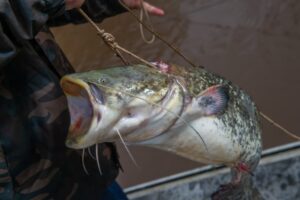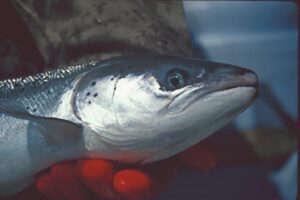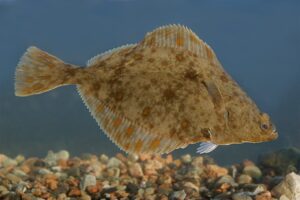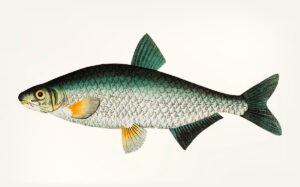Game Fish : Twaite Shad (Alosa fallax)
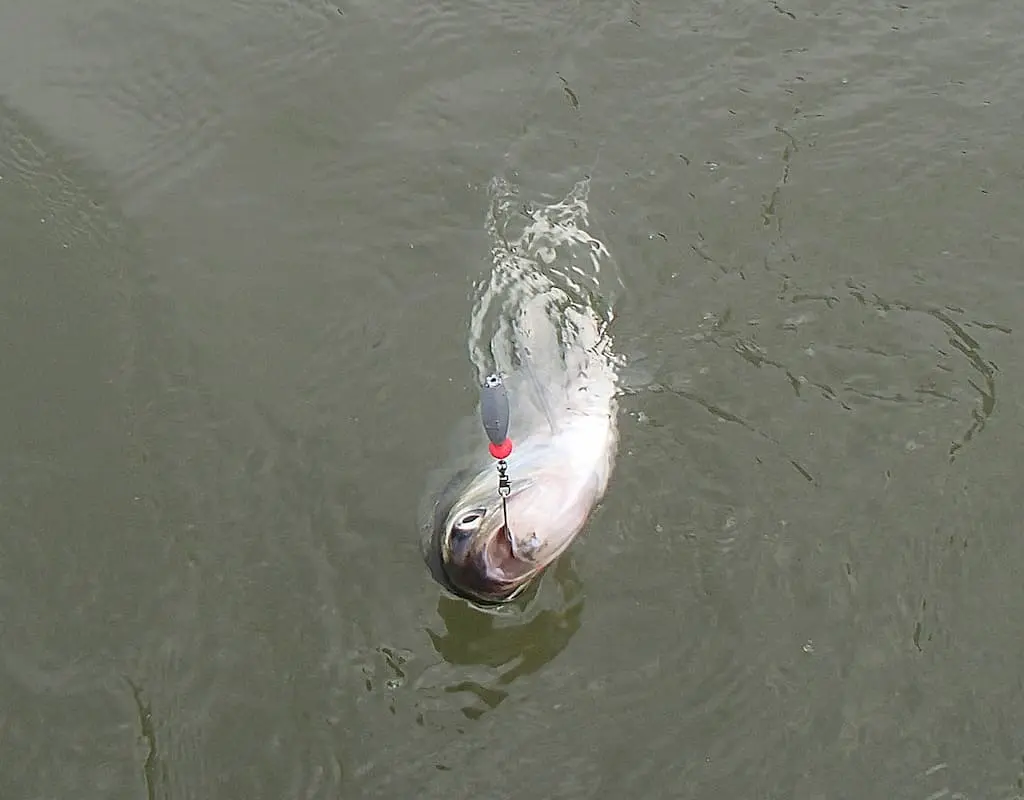
The Twaite shad, scientifically known as Alosa fallax, is a fascinating game fish that thrives in both freshwater and marine environments.
This species, native to the Atlantic Ocean, is particularly prevalent in Western Europe’s waters, offering a unique fishing experience for enthusiasts.
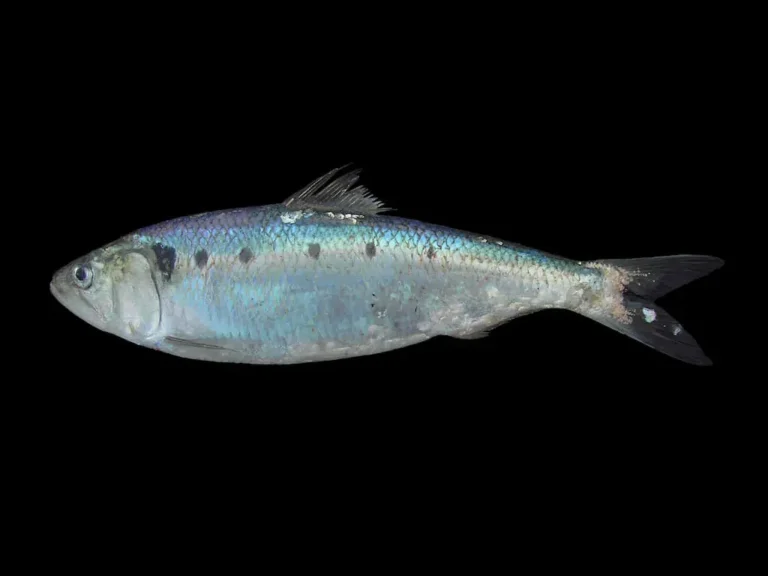
Physical Description: Understanding the Unique Appearance of the Twaite Shad
Identification of the Twaite Shad (Alosa fallax)
The Twaite Shad, scientifically known as Alosa fallax, is a migratory member of the herring family, native to the Atlantic Ocean. This versatile species thrives in both fresh and saltwater environments across Western Europe.
Characterised by a slender, tapered body, the Twaite Shad is built for speed and agility in aquatic settings. Its conical head, complete with a rounded snout and large, luminous eyes, adds to its streamlined profile. Notably, the fish’s lower jaw extends slightly beyond the upper, enclosing a moderately-sized mouth.
A distinctive dorsal fin aligns with the pelvic fins, while the lengthy anal fin, broad pectoral, and rounded caudal fins facilitate swift movement. The shad’s back displays a greenish-blue hue, transitioning to silver sides, and is covered with large, noticeable scales, complemented by dark grey or black fins.
| Class |
| Actinopterygii |
| Order |
| Clupeiformes |
| Family |
| Clupeidae |
| Genus |
| Alosa |
| Species |
| A. fallax |
| Binomial Name |
| Alosa fallax (Lacépède, 1803) |
Average Dimensions and Weight
Typically, the Twaite Shad typically reaches a length of around 40 cm (approximately 15.7 inches) and can grow up to 70 cm (about 27.6 inches). The average weight of this fish is around 1 kg (2.2 pounds), with some specimens weighing as much as 4 kg (8.8 pounds).
Lifespan and Reproductive Cycle
This species has a lifespan ranging from 8 to 10 years. It exhibits a unique breeding pattern, migrating to freshwater to spawn, reminiscent of salmonid behaviour. Post-spawning, the juveniles return to the sea, maturing there before journeying back to their birthplaces for reproduction.
Habitat and Diet: The Twaite Shad’s Adaptability Across Different Environments
Habitat Preferences and Feeding Habits
The Twaite Shad favours the dynamic environments of rapids, waterfalls, and estuaries, typically found in the water systems of Southern and Western Europe, including the Garonne, Rhone, and Danube basins, as well as the UK.
Primarily nocturnal feeders, these shad prey on small fish like gobies, herrings, and anchovies. They are active predators, either hunting in groups or employing ambush tactics, relying on speed and agility to capture their prey.
Breeding Behaviour
Breeding season spans from March to June, varying by region. Adults migrate upstream to spawn in their natal rivers, with the females laying eggs in fast-flowing waters. The hatched larvae then drift downstream until reaching maturity.
Angling Appeal of the Twaite Shad
For freshwater anglers, the Twaite Shad is a coveted catch due to its substantial size and the culinary value of its flesh, noted for its delicate taste and firm texture. However, due to its vulnerability, fishing regulations are in place in many areas, emphasising sustainable practices and adherence to quotas.
Effective Fishing Techniques
Capturing the Twaite Shad requires skill, often employing artificial lures like spinning spoons or soft baits, alongside light rods and fine lines. Natural baits, including worms or small fish, are also effective.
Common names for Twaite Shad (Alosa fallax)
Most popular common names for the Twaite Shad are Alose feinte (french), Finte (german), Cheppia (italian), Saboga (spanish), Melvis (dutch) and Aloza parposz (polish).
Conservation Status and Efforts
Listed as vulnerable on the IUCN Red List, the Twaite Shad faces threats from habitat destruction, pollution, and overfishing. Conservation initiatives focus on habitat restoration, improving water quality, and mitigating the impacts of physical barriers like dams to facilitate natural migration patterns.

